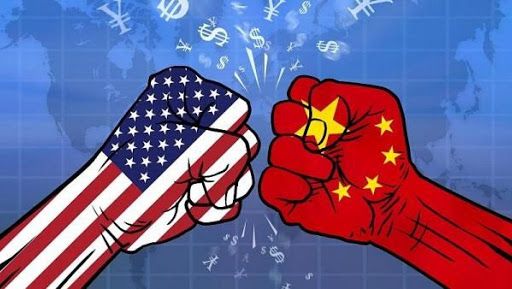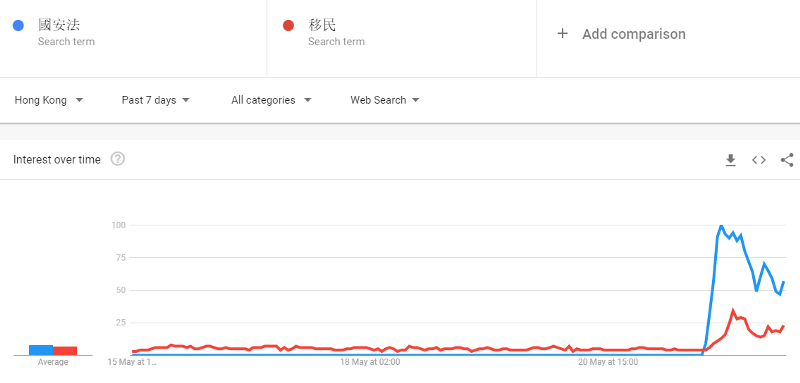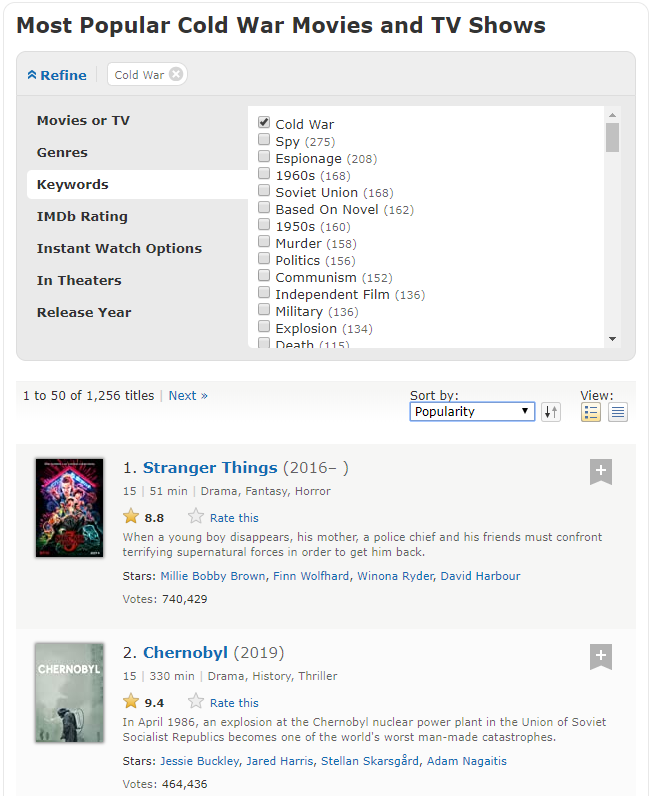
投資之外教育之内
The Sino-American Dispute in the Frame of World War II

Today's thinking and work have been disrupted by a draft that is about to be legislated, and there is not much time left, so let's organize my thoughts, TGIF.

The first thing that must be clear is that the issue in Hong Kong and the issue in Taiwan are, in the final analysis, the issue of Sino-US relations. Hong Kong has come this far, or, in other words, Beijing is going to make this move. In fact, the whole Sino-US relationship has deteriorated, or it is a reasonable thing under the general trend started by the centralization and retrogression of Xi Jinping.
Of course, social platforms have exploded. Youtubers and Internet celebrities can't wait to embrace this big hot spot. Among them, the most objective and analytical value is to recommend God Wenzhao:
However, my thoughts were still messy, and I finally found that, inspired by the old horse's famous saying "History doesn't repeat itself but it often rhymes", I opened up the similar parts of history again, and then I became a little bit more concerned. Among them, looking back at several rounds of World War II between the United States and Japan, as well as the final final battle, the following interesting observations can be obtained:
1. "Never bet against America." x 2
That's what Warren Buffett said twice at his most recent shareholder meeting. Of course, his context was talking about the resilience and ultimate strength of the U.S. stock market even under the unprecedented collapse and turbulence of the current capital market. And here is mainly to borrow it. Here's a history lesson:
a. The means by which the United States strikes its opponents can be said to be gradual, and each step has a calculation of gains and losses and time considerations :
The Great Depression that began in 1929 led to the rise of protectionism in the United States. In 1930, the "Smooth-Hawley Tarriff Act" was passed. Although it did not target Japan (in fact, the importers of agricultural necessities such as Canada bore the brunt), it was already in the depression period. The 90% tariffs directly hit the pillar export industry (eg silk) that was just beginning to recover again.
The pros and cons of this trade war and its help in the Great Depression in the United States are still full of historical controversy, just like the current global trade war initiated by the United States. However, it was obviously not a good thing for countries that were hit and impacted by the dimensionality reduction of strong opponents, such as Japan at that time; the next history was that Japan chose to embark on the road of no return by force expansion and defeat.
In 1940, the whole world had basically entered a state of war anxiety, and the United States was still maintaining neutrality to make war profits. Both sides traded weapons, oil, and various strategic materials, and only indirectly helped when necessary from the perspective of humanity and self-interest. Allies. In March, Japan established a puppet government in Nanjing. In June, France surrendered. In July, the newly appointed US Secretary of War launched further economic sanctions on the Axis powers, restricting the export of arms and strategic materials to Japan.
In October 1940, the United States basically completely banned the export of materials to the Axis countries. This also forced Japan to expand its front and further invade South Asia and India to replace the strategic material channels it lost on the US side.
In the summer of 1941, Roosevelt ordered the freezing of all Japanese assets in the United States and extended the embargo to energy materials such as oil and natural gas. This also forced Japan to take the risk and launched the Pearl Harbor attack in the following winter.
Before Christmas 1941, after the attack on Pearl Harbor, the United States declared war on the Axis powers, officially entering World War II.
b. The social mobilization ability of the United States is more exponential: it is relatively slow at the beginning, gathers momentum, and finally explodes.
c. Institutional advantage (centralization vs. democracy) is not a topic that is only now being discussed. Japan (and Germany), at one point in the early days of the war, believed that their militarism and the nationalization of their enterprises were the guarantee of victory.
2. The battle between great powers, the time span is very much prepared and imagined by people
Although World War II officially broke out in 1939, in fact, the great changes in the world began almost 10 years ago in 1930, with the trade war and the subsequent Manchukuo.
In fact, this observation point is more convincing to take the history of the US-Soviet Cold War as an example: First of all, the time span is even more amazing, accounting for nearly half of the history of the last century (1945-1991). Amazing and very dramatic - just search on IMDB, there are 1256 film and television works with the theme or background of the Cold War, including the recently popular "Chernobyl", and even most of the Marvel universe. All historical settings can be included in the Cold War period. Then compare the 392 North Korean themes, which is enough to reflect the depth of its influence and history:

However, what is most noteworthy about the Cold War is its similarity in nature to the current conflict between China and the United States. I am now learning and selling myself. Starting from basic historical impressions and understanding of the current situation, I share a few points that I think are interesting:
- U.S.-Soviet relations were not always tense and maintained a state of life-and-death combat readiness for a long time. From 1969 to 1979, especially during President Nixon, a series of " Strategic Arms Limitation Negotiations (SALT)" were signed, allowing U.S.-Soviet relations to enjoy a nearly 10-year " Detente ". During the relaxation period, IBM 360/50, the most advanced computing equipment in the United States at that time, could be purchased by the Soviet Union and used in national institutions (at this time, you can make up your mind and compare the current situation of Huawei 5G)
- The end of the "moderation period" coincided with the election of R. Reagan as US president, representing the rise of American conservatism. And as we all know, DJ Trump's idol happens to be Reagan too.
- If we say that we are at the starting point of Cold War 2.0, the biggest technological highlight of the Cold War: Space Race, is also reflected in the enthusiasm of both governments at the current level or the commercial attempts represented by SpaceX and BlueOrigin. , and found an interesting mirror image of Space Race 2.0.
Of course, there was a very different point between the rivals of the United States and the current ones, that is, the environment and mechanism of basic science and basic research and development. This is directly reflected in the results: the Soviet Union was comparable to the United States in pure mathematics, theoretical physics and space science, and even outperformed in some sub-fields at that time; Japan also had at least two physicists before the end of World War II. The research results laid the foundation for their postwar promise Bell Award for achievement.
3. Science and technology are the first combat power
While Japan was complacent about its successful attack on Pearl Harbor, Churchill couldn’t sleep because of the U.S. being dragged into the water. What really ended the war was not the talk of the media, the hand-to-hand combat on the battlefield, or the public opinion of the people at home. Self-promotion is not about the ups and downs of the stock market. It was the secrecy of the Manhattan Project, and the two nuclear bombs that ended up being dropped on Hiroshima and Nagasaki.
Like my work?
Don't forget to support or like, so I know you are with me..
Comment…